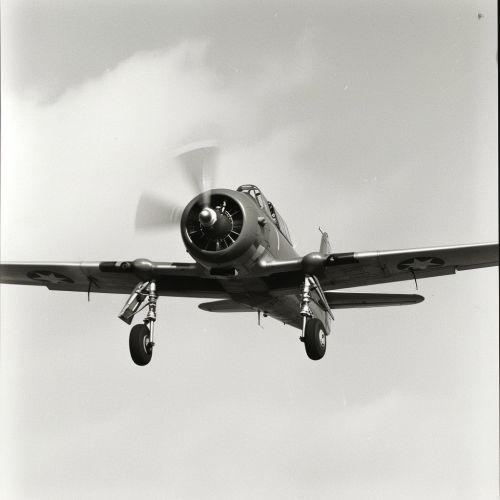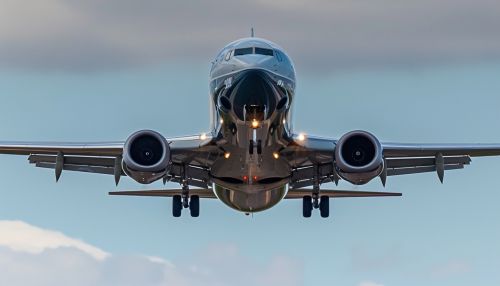Yaw
Introduction
Yaw is a term used in various fields such as aviation, nautical navigation, automotive engineering, and robotics to describe the rotation of an object around its vertical axis. This rotational movement is one of the three principal axes of motion, the other two being pitch and roll. Understanding yaw is crucial for the control and stability of vehicles and systems in these domains.
Yaw in Aviation
In aviation, yaw refers to the rotation of an aircraft around its vertical axis, which runs perpendicular to the wings and through the center of gravity. This movement is controlled by the rudder, a hinged section of the vertical stabilizer at the tail of the aircraft. The rudder's deflection to the left or right causes the aircraft's nose to move in the same direction.
Control Mechanisms
The primary control surface for yaw is the rudder. Pilots use rudder pedals to manipulate the rudder, which in turn affects the aircraft's yaw. Coordinated use of the rudder along with ailerons and elevators is essential for smooth and efficient flight maneuvers.
Adverse Yaw
Adverse yaw is a phenomenon where the aircraft's nose moves in the opposite direction of a turn. This occurs due to the differential drag and lift on the wings during a roll. Pilots counteract adverse yaw by applying rudder input in the direction of the turn.
Yaw Damping
Modern aircraft are equipped with yaw dampers, which are automatic control systems that reduce oscillations around the vertical axis. These systems improve passenger comfort and reduce structural stress on the aircraft.


In nautical terms, yaw describes the side-to-side movement of a ship's bow and stern. This movement is particularly significant in maintaining a steady course, especially in rough seas.
Steering Mechanisms
Yaw in ships is controlled by the rudder, similar to aircraft. The rudder's angle is adjusted to steer the vessel, counteracting the effects of wind, waves, and currents.
Yaw Stability
Yaw stability in ships is influenced by the hull design and the distribution of weight. A well-designed hull minimizes unwanted yaw, improving fuel efficiency and safety.
Yaw in Automotive Engineering
In the context of automotive engineering, yaw refers to the rotation of a vehicle around its vertical axis, affecting its directional stability and handling characteristics.
Yaw Rate Sensors
Modern vehicles are equipped with yaw rate sensors, which measure the rate of rotation around the vertical axis. These sensors are integral to stability control systems, such as Electronic Stability Control (ESC), which help prevent skidding and loss of control.
Yaw Moments
Yaw moments are forces that cause a vehicle to rotate around its vertical axis. These moments can be induced by various factors, including tire forces, braking, and acceleration. Engineers design vehicles to manage yaw moments effectively, ensuring safe and predictable handling.
Yaw in Robotics
In robotics, yaw is a critical parameter for the orientation and navigation of robots, particularly those that operate in three-dimensional space.
Yaw Control Systems
Robotic systems use various sensors and control algorithms to manage yaw. Gyroscopes and accelerometers are commonly used to measure yaw and other rotational movements. These measurements are fed into control systems that adjust the robot's actuators to maintain the desired orientation.
Applications
Yaw control is essential in applications such as unmanned aerial vehicles (UAVs), autonomous underwater vehicles (AUVs), and mobile robots. Precise yaw control enables these robots to navigate complex environments and perform tasks with high accuracy.
